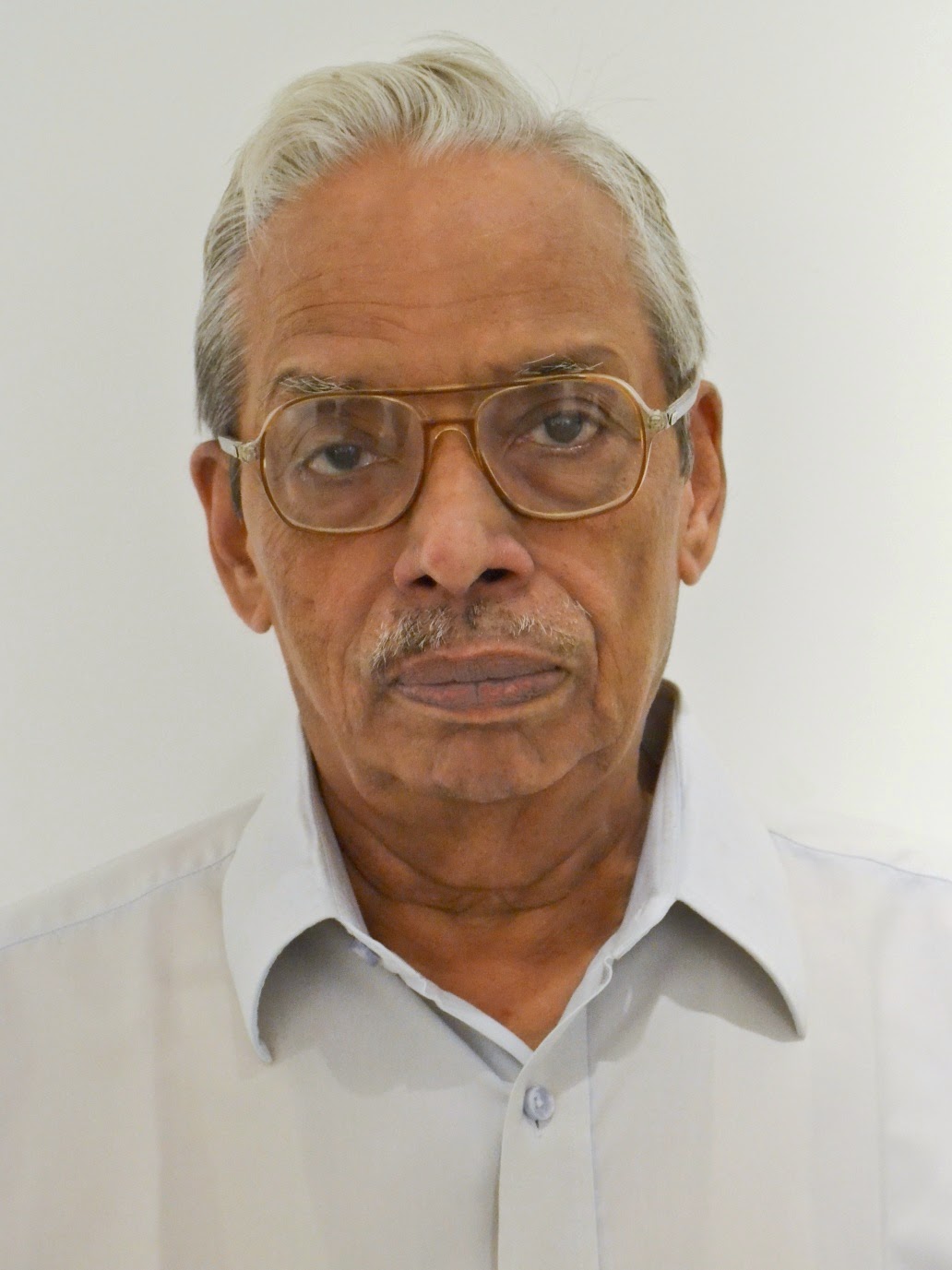By
Shevlin Sebastian
On
the morning of August 15, 1947, KL Mohana Varma, who was 11 years old
at that time, stood on the grounds of the Cherthala government high
school, along with other students, and watched the headmaster raise
the Indian flag. “At that time, the people were apprehensive about
what would happen after the British left,” says Varma, noted writer
and intellectual.
The
previous night, a few senior students, of Leftist leaning, had
entered the headmaster’s room and wanted to tie the Communist flag,
with the hammer and sickle, onto the national flag. But they were
unable to do so, as they suddenly panicked and ran away.
“There
were many Communist sympathisers among the teachers also, because the
Punnapra-Vayalar uprising had taken place a few months ago,” says
Varma. (In October, 1946, there was a Communist revolt against the
Travancore Prime Minister Sir C P Ramaswami Iyer, in which more than
a thousand people died. Incidentally, Vayalar is just four kms away
from Cherthala).
Meanwhile,
it was an era when news was hard to come by. “At that time, we had
not known that Jawaharlal Nehru had given his famous ‘Tryst with
Destiny’ speech,” says Varma. “There was no radio, or
electricity or fast-moving transport, like buses. And we read the
news about our Independence, only three days later, from the
‘Malayala Rajyam’ newspaper which came from Kollam. Whatever we
say now, at that time, 80 per cent of the people did not know that
Independence had come to India.”
Among
Varma’s age group, they yearned for the presence of nationalist
Netaji Subhash Chandra Bose. “He was our hero,” he says. “All
the youngsters were with Bose. We did not think about politics. We
only thought of Bose and his Indian National Army (INA). We heard
that the INA had gone to Burma and that was exciting. And we felt
that Bose would return on Independence Day and raise the flag.”
(The New Indian Express, Kerala edition)

No comments:
Post a Comment